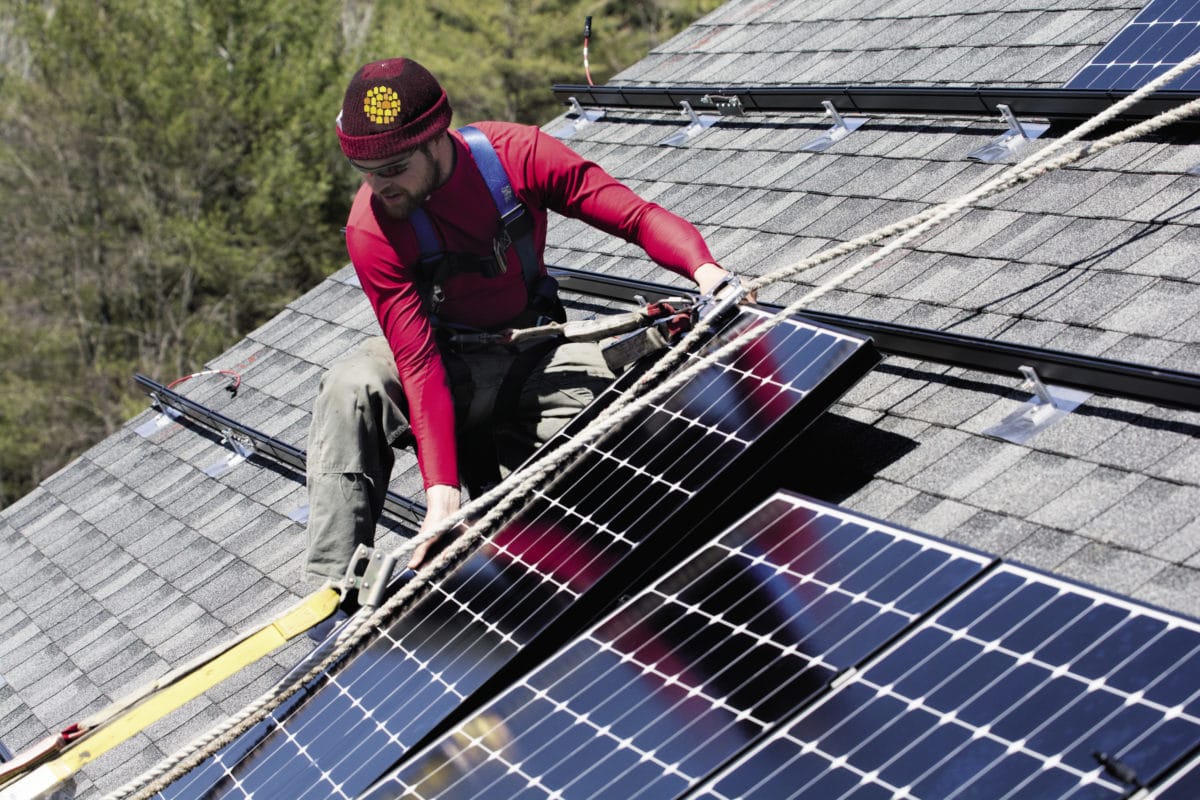WoodMac provided this report on residential solar in 2020. Yann Brandt critiqued the report here. And here’s WoodMac’s response.
The H1’20 U.S. Residential Solar Finance Report was predicated on the most recent SMI forecast. At the time of writing the residential solar finance report in June, the most recent forecast was not yet completed. Thus, the residential solar finance report used that outlook. The report was published in July and then the linked WoodMac article was not published until August.
Since then, our outlook has changed dramatically (as has the view of many economists and industry experts during this unprecedented pandemic) – with Covid-19 impacts much less significant than initially expected – and our assumptions now are much different, as is alluded to in the reporting. It is important to note that while the recovery has gone much better than expected, we are still forecasting lower volume than we had in our pre-Covid forecasts (see table below).
|
U.S. residential solar PV capacity (MWdc)
|
|
2019
|
2020E
|
2021E
|
|
|
Pre-Covid-19 [March 2020]
|
2,822
|
3,086
|
3,618
|
|
1st Post-Covid-19 [June 2020]
|
2,839
|
2,118
|
2,669
|
|
2nd Post-Covid-19 [September 2020]
|
2,839
|
2,796
|
3,002
|
|
1st Post-Covid-19 [June 2020] vs. Pre-Covid-19
|
-31%
|
-26%
|
|
|
2nd Post-Covid-19 [September 2020] vs. Pre-Covid-19
|
-9%
|
-17%
|
However, lower-than-expected volumes for the overall residential solar market (compared to pre-Covid) should not be conflated with an unhealthy residential solar finance market in terms of asset performance, which brings us to our second point. It is misleading to say that our report links higher default rates to the projected 2020 market declines. Our report says, “Although consumers have mostly kept up with payments so far, it remains unclear how long this will last as government assistance winds down. We think it’s unlikely that higher default rates would actually drive loan providers out of business in the short term.”
We are not saying that default rates are causing declining volumes in 2020. We are saying that there is some longer-term risk of payment performance as government assistance subsides, but that this does not necessarily mean providers will go out of business. This is consistent with the view laid out by KBRA. We covered this in more detail in our full report. See the below screenshots for my commentary:


Regarding recovery in ABS markets, we would like to highlight from the linked Woodmac article: “Recent solar asset-backed securitization (ABS) transactions point to a faster-than-expected recovery for investments in the industry and provide evidence that investor confidence remains high.” One final point on recovery on loan origination, we acknowledge that major providers have recovered much more quickly on this front than originally expected, as was mentioned in Tim’s article. To pass along a note from the Q3 2020 SMI full report: “Loan providers have had their own struggles during the pandemic but have proven to be resilient. ”
Overall, we believe there was some misrepresentation of our market view due to a conflation of declining residential solar volumes with the health of financing residential solar and investor confidence. While there remain risk and uncertainty, our reporting points to healthy asset performance and strong investment.
***
Bryan White is a Solar Analyst at Wood Mackenzie with a focus on the competitive landscape of downstream U.S. distributed solar. Prior to joining Wood Mackenzie, Bryan was a business analyst at PricewaterhouseCoopers in the Assurance Asset Management practice. Bryan holds a BA in economics from Boston College.
The views and opinions expressed in this article are the author’s own, and do not necessarily reflect those held by pv magazine.
This content is protected by copyright and may not be reused. If you want to cooperate with us and would like to reuse some of our content, please contact: editors@pv-magazine.com.








So, projecting just a little bit down from 2019 which, considering everything, is pretty good.
I am wondering if WoodMac has different projections for 2021+ depending on who is elected President and/or Senate makeup.